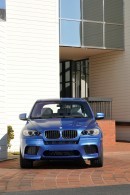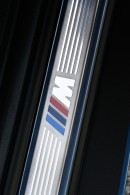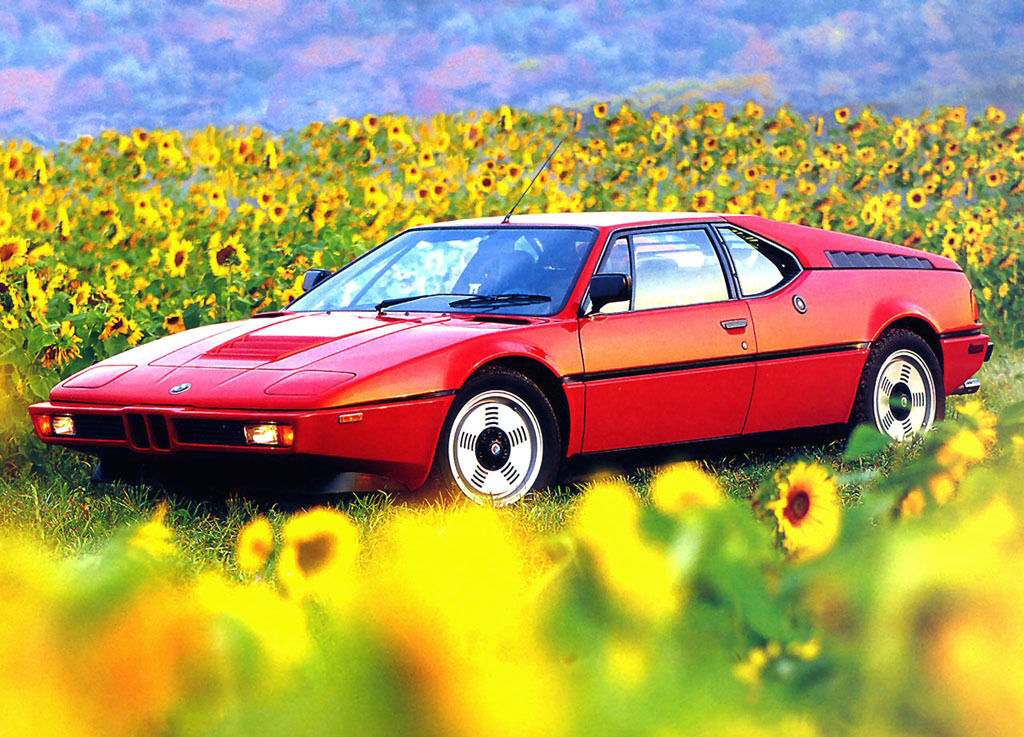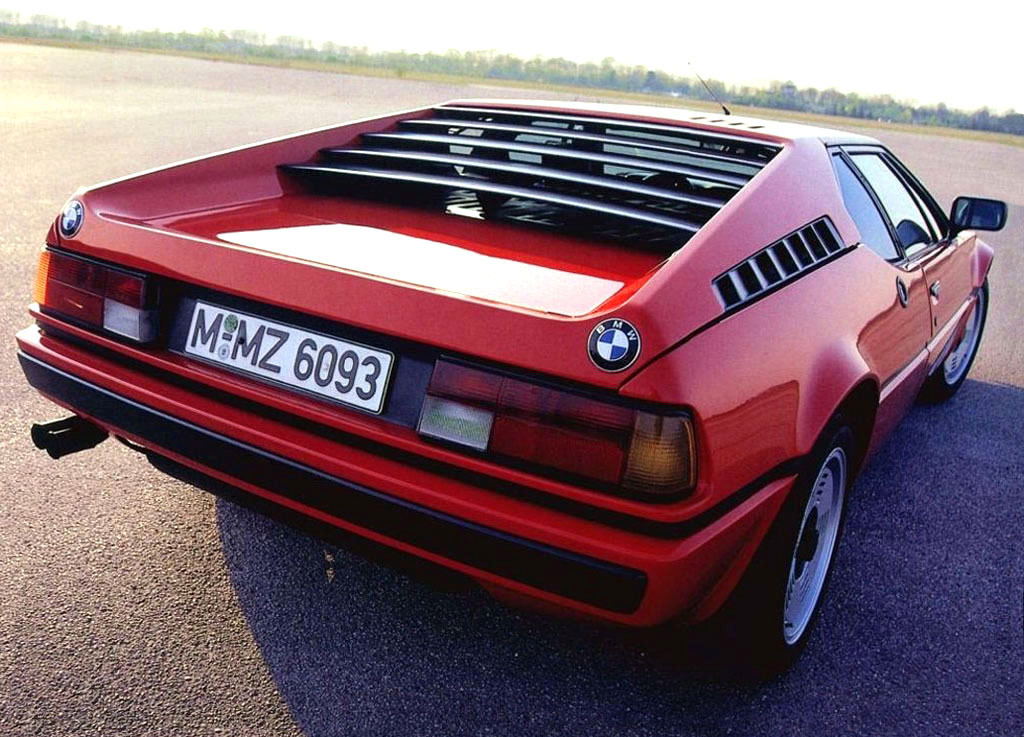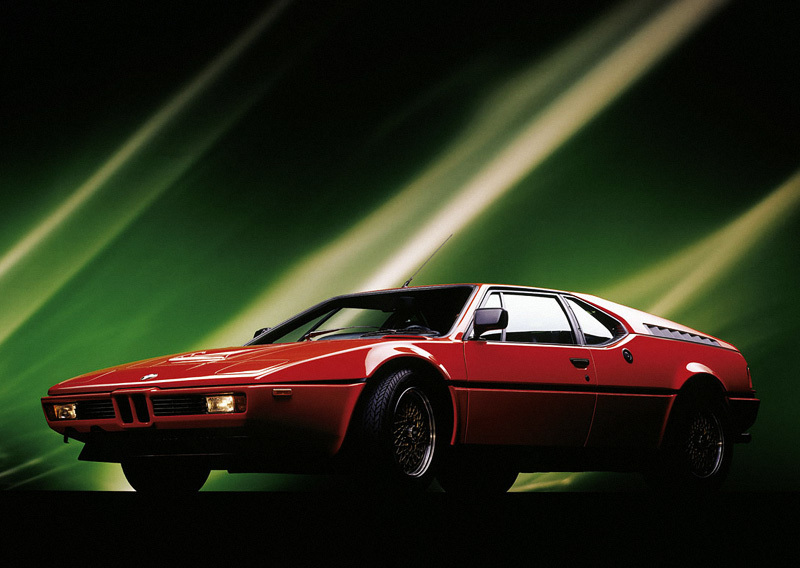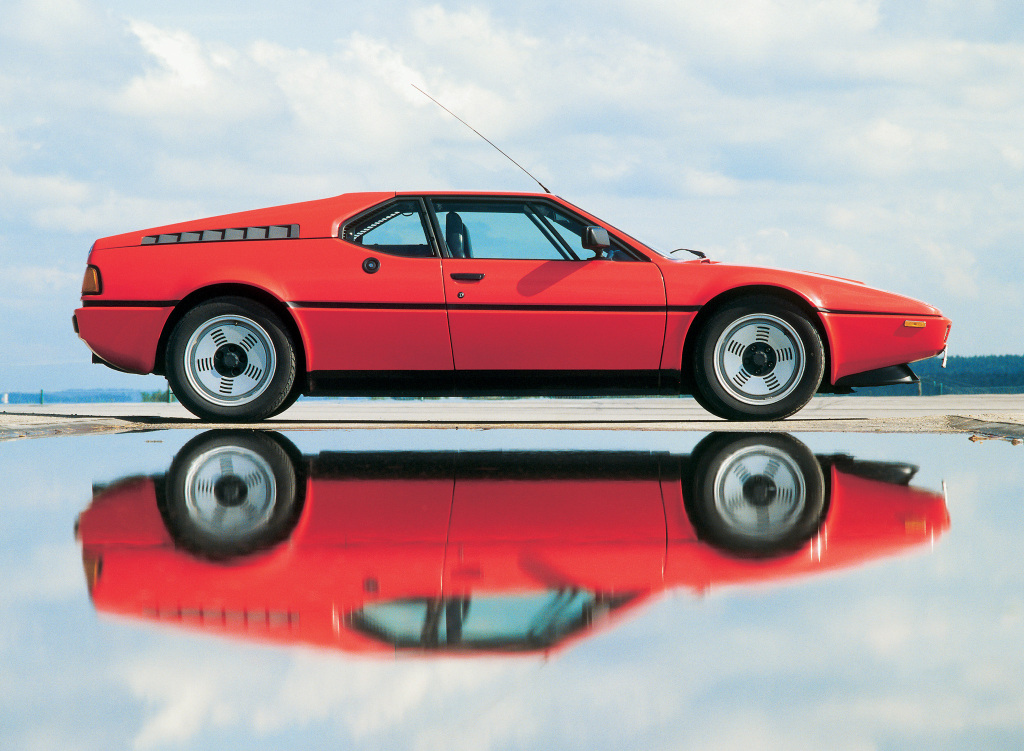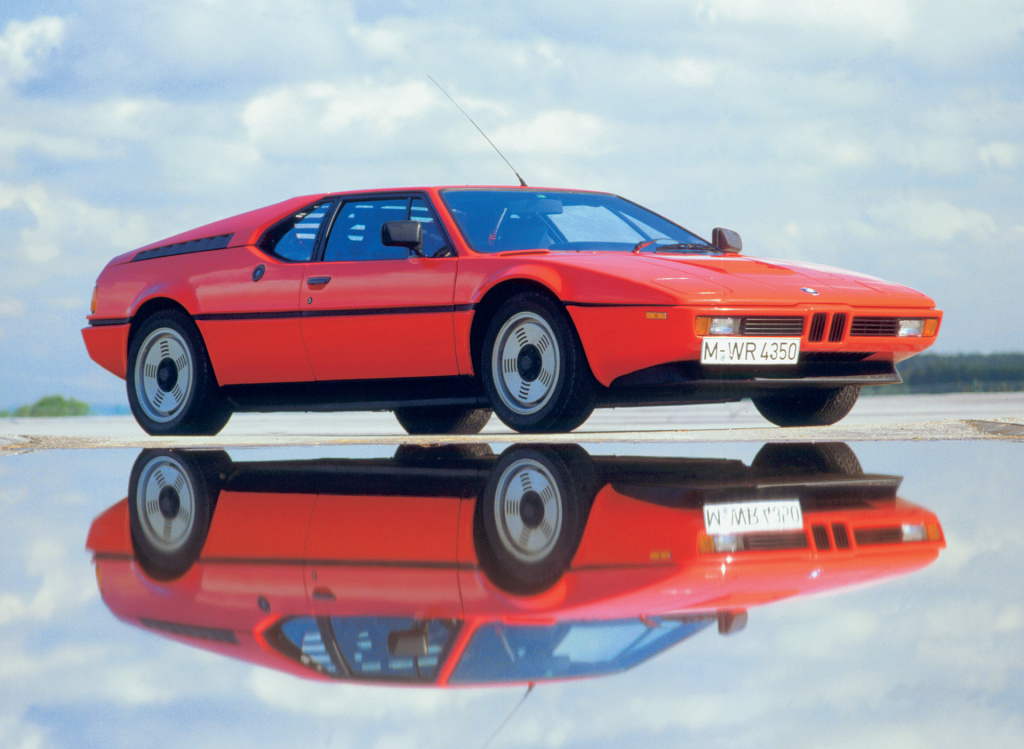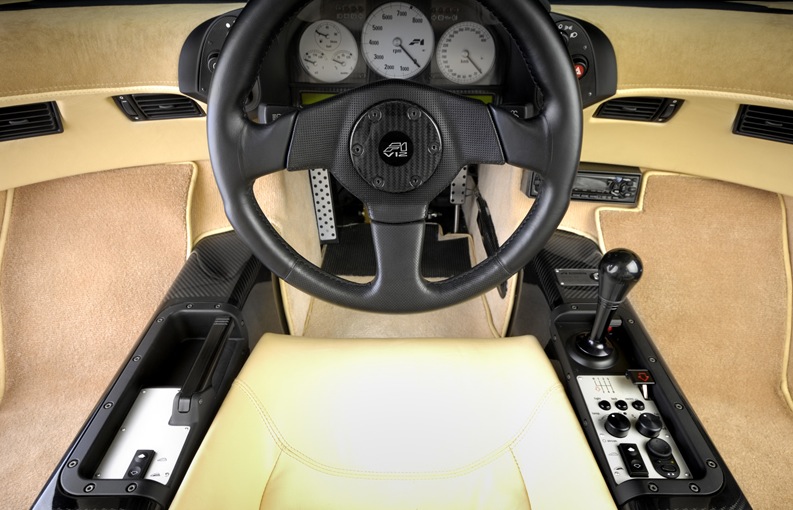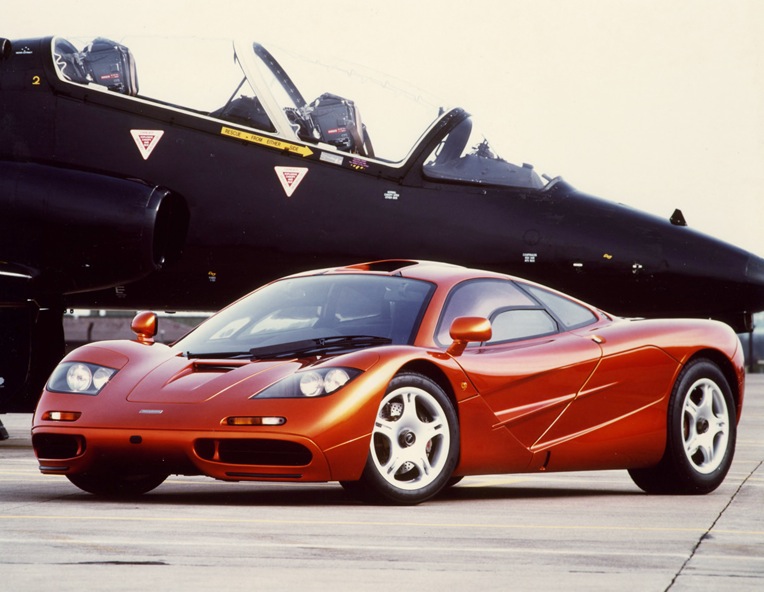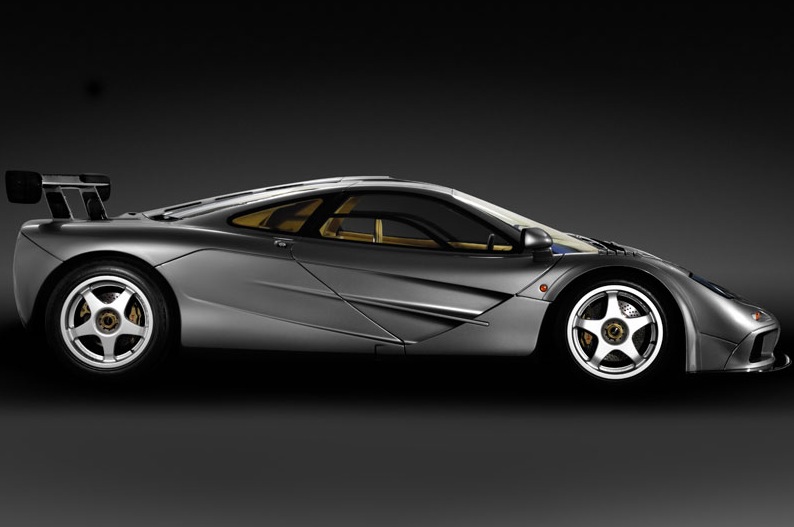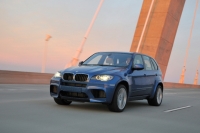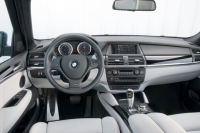Sport divisions are undoubtedly playing a key role when it comes to the performance figures of a specific road car because they usually struggle to bring all those high-performance elements seen in races in street-legal vehicles. Today, we'll continue our journey among sport divisions with a new episode. So, adjust your seat, fasten your seatbelt, we're now entering the world of BMW M.
BMW M, for those of you who don't know, stands from BMW Motorsport, which perfectly emphasizes the goal this particular BMW subsidiary: to create high-performance models inspired and based on racing parts. What's interesting is that this division was initially supposed to design racing models to take part in competitions around the world but, as the time passed by and people started becoming more interested in high-performance models, BMW M began offering cars for the general public.
It all started in May 1972 when BMW M, with the help of only eight employees, the company's very own BMW 3.0 CSL saw daylight. This was the first racing project ever designed by the sport division and came in the form of a four-seater coupe.
More importantly, the first mass-produced model marketed under the M brand was the M1 (the name says a lot, doesn't it?) that was showcased to the public at the Paris Motor Show in 1978. The car was sold for around three years, from 1978 to 1981 and was the only mid-engine model belonging to BMW that reached production.
And because performance figures are so important since we're dealing with sport divisions, the M1 was powered by a 3.5-liter 6-cylinder gasoline engine that produced 277 horsepower and 243.4 lb-ft of torque at 5000 rpm. Mated to a five-speed manual gearbox and based on a rear-wheel drive system, the engine helped the car jump from naught to 100 km/h in 5.9 seconds, with maximum speed reaching 163 mph (262 km/h).
The M1 is surely a model that made history, especially in motorsports where it won the Group B championship - regulated by FIA - in 1984 (however, the best achievement of the company in motorsport is the Formula 1 world champion title in 1993). The coupe was hand-built, with the body designed by Giugiaro and inspired by the 1972 BMW Turbo concept designed for the 1972 Summer Olympics in Munich. BMW M manufactured only 456 production version so, if you're interested in buying one of these, it could prove to be much more challenging, and more expensive than you expect.
The M division continued its evolution and in 1979 the company released the M535i, a high-performance version of the 5-series that featured a 3.5-liter l6 engine generating as much as 218 horsepower.
Nevertheless, one of the most state-of-the-art models every designed with the help of BMW M is surely the McLaren F1, a high-performance car whose engine was designed and supplied by the motorsport division. The custom 6.1-liter V12 engine was 14 percent more powerful and 16 kilos (35 lb) heavier than initially planned, with the road version producing 627 horsepower (461 kW) at 7500 rpm and 480 lb-ft of torque at 5600 rpm. To give you an idea, the resulting model accelerated from 0 to 100 km/h in - hold your breath - 3.2 seconds, with maximum speed going as high as 240.1 mph (386 km/h).
Since the official founding year, BMW Motorsports GmbH reached several milestones, as it follows: in 1988 - founding of the BMW Driver Training business group, in 1992 - integration of the BMW Individual business group, in 1993 - renaming to BMW M GmbH, Gesellschaft für individuelle Automobile and in 1996 - founding of BMW Motorsport Ltd.
Starting in 1978, BMW M offered customized versions of almost every single model that entered production under the BMW brand. Furthermore, the company announced in April 2009 the first M SUVs, X5 M and X6 M, officially showcased at the New York Auto Show.
And to give your an idea, both the BMW X5 M and X6 M (lots of photos in the photo gallery published below) are powered by a new 4.4-liter V8 high-performance engine that develops 555 horsepower (408 kW) between 5,750 and 6,000 rpm. With the help of the turbocharger and the catalytic converters, it generates a peak torque of 680 Newton meters (501 lb-ft) between 1,500 and 5,650 rpm.
Both models are equipped with the M Sports Automatic transmission with six gears featuring the Launch Control function that improves the overall acceleration time. And speaking of performance figures, the cars jump from 0 to 100 km/h in 4.7 seconds, with top speed of 250 km/h (155 mph) and (275 km/h or 171 mph, with the optional M Driver’s Package).
Other enhancements include M seats, M leather steering wheel and M footrest, M cockpit with special instrument cluster with variable pre-warning field in the rev counter, specific vehicle function displays, and white illumination of the display units.
BMW M, for those of you who don't know, stands from BMW Motorsport, which perfectly emphasizes the goal this particular BMW subsidiary: to create high-performance models inspired and based on racing parts. What's interesting is that this division was initially supposed to design racing models to take part in competitions around the world but, as the time passed by and people started becoming more interested in high-performance models, BMW M began offering cars for the general public.
It all started in May 1972 when BMW M, with the help of only eight employees, the company's very own BMW 3.0 CSL saw daylight. This was the first racing project ever designed by the sport division and came in the form of a four-seater coupe.
More importantly, the first mass-produced model marketed under the M brand was the M1 (the name says a lot, doesn't it?) that was showcased to the public at the Paris Motor Show in 1978. The car was sold for around three years, from 1978 to 1981 and was the only mid-engine model belonging to BMW that reached production.
And because performance figures are so important since we're dealing with sport divisions, the M1 was powered by a 3.5-liter 6-cylinder gasoline engine that produced 277 horsepower and 243.4 lb-ft of torque at 5000 rpm. Mated to a five-speed manual gearbox and based on a rear-wheel drive system, the engine helped the car jump from naught to 100 km/h in 5.9 seconds, with maximum speed reaching 163 mph (262 km/h).
The M1 is surely a model that made history, especially in motorsports where it won the Group B championship - regulated by FIA - in 1984 (however, the best achievement of the company in motorsport is the Formula 1 world champion title in 1993). The coupe was hand-built, with the body designed by Giugiaro and inspired by the 1972 BMW Turbo concept designed for the 1972 Summer Olympics in Munich. BMW M manufactured only 456 production version so, if you're interested in buying one of these, it could prove to be much more challenging, and more expensive than you expect.
The M division continued its evolution and in 1979 the company released the M535i, a high-performance version of the 5-series that featured a 3.5-liter l6 engine generating as much as 218 horsepower.
Nevertheless, one of the most state-of-the-art models every designed with the help of BMW M is surely the McLaren F1, a high-performance car whose engine was designed and supplied by the motorsport division. The custom 6.1-liter V12 engine was 14 percent more powerful and 16 kilos (35 lb) heavier than initially planned, with the road version producing 627 horsepower (461 kW) at 7500 rpm and 480 lb-ft of torque at 5600 rpm. To give you an idea, the resulting model accelerated from 0 to 100 km/h in - hold your breath - 3.2 seconds, with maximum speed going as high as 240.1 mph (386 km/h).
Since the official founding year, BMW Motorsports GmbH reached several milestones, as it follows: in 1988 - founding of the BMW Driver Training business group, in 1992 - integration of the BMW Individual business group, in 1993 - renaming to BMW M GmbH, Gesellschaft für individuelle Automobile and in 1996 - founding of BMW Motorsport Ltd.
Starting in 1978, BMW M offered customized versions of almost every single model that entered production under the BMW brand. Furthermore, the company announced in April 2009 the first M SUVs, X5 M and X6 M, officially showcased at the New York Auto Show.
And to give your an idea, both the BMW X5 M and X6 M (lots of photos in the photo gallery published below) are powered by a new 4.4-liter V8 high-performance engine that develops 555 horsepower (408 kW) between 5,750 and 6,000 rpm. With the help of the turbocharger and the catalytic converters, it generates a peak torque of 680 Newton meters (501 lb-ft) between 1,500 and 5,650 rpm.
Both models are equipped with the M Sports Automatic transmission with six gears featuring the Launch Control function that improves the overall acceleration time. And speaking of performance figures, the cars jump from 0 to 100 km/h in 4.7 seconds, with top speed of 250 km/h (155 mph) and (275 km/h or 171 mph, with the optional M Driver’s Package).
Other enhancements include M seats, M leather steering wheel and M footrest, M cockpit with special instrument cluster with variable pre-warning field in the rev counter, specific vehicle function displays, and white illumination of the display units.
































